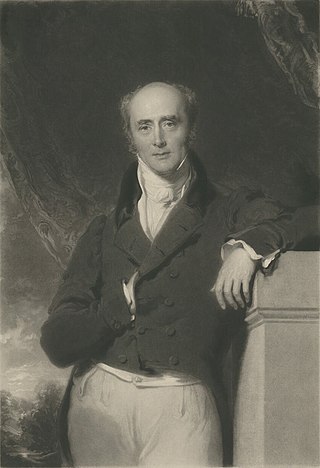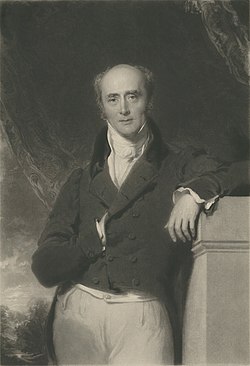Top Qs
Timeline
Chat
Perspective
Whig government, 1830–1834
From Wikipedia, the free encyclopedia
Remove ads
The Whig government of the United Kingdom of Great Britain and Ireland that began in November 1830 and ended in November 1834 consisted of two ministries: the Grey ministry (from 1830 to July 1834) and then the first Melbourne ministry.
Lord Grey led the Government from 1830 to 1834. He was succeeded by Lord Melbourne upon his resignation.
Remove ads
History
The first wholly Whig government since 1783 came to power after the Duke of Wellington's Tory government lost a vote of no confidence on 15 November 1830. The government, led by the Charles Grey, 2nd Earl Grey, passed the Great Reform Act in 1832, which brought about parliamentary reform, and enacted the Slavery Abolition Act 1833, bringing about the abolition of slavery in most of the British Empire.[citation needed]
However, King William IV dismissed Grey's successor William Lamb, 2nd Viscount Melbourne in 1834 and asked Sir Robert Peel to form a government. Peel was out of the country at the time, so the Duke of Wellington formed a caretaker government.[citation needed]
Remove ads
Cabinets



The Earl Grey's Cabinet, November 1830 – July 1834
Viscount Melbourne's Cabinet, July 1834 – November 1834

Remove ads
List of ministers
Summarize
Perspective
Members of the Cabinet are indicated by bold face.
- Notes
- Also Leader of the House of Commons until 1834.
- Entered the Cabinet 16 June 1831; also Leader of the House of Commons 1834.
- Created Earl of Lichfield 15 September 1831.
Remove ads
References
- C. Cook and B. Keith, British Historical Facts 1830–1900
Wikiwand - on
Seamless Wikipedia browsing. On steroids.
Remove ads


